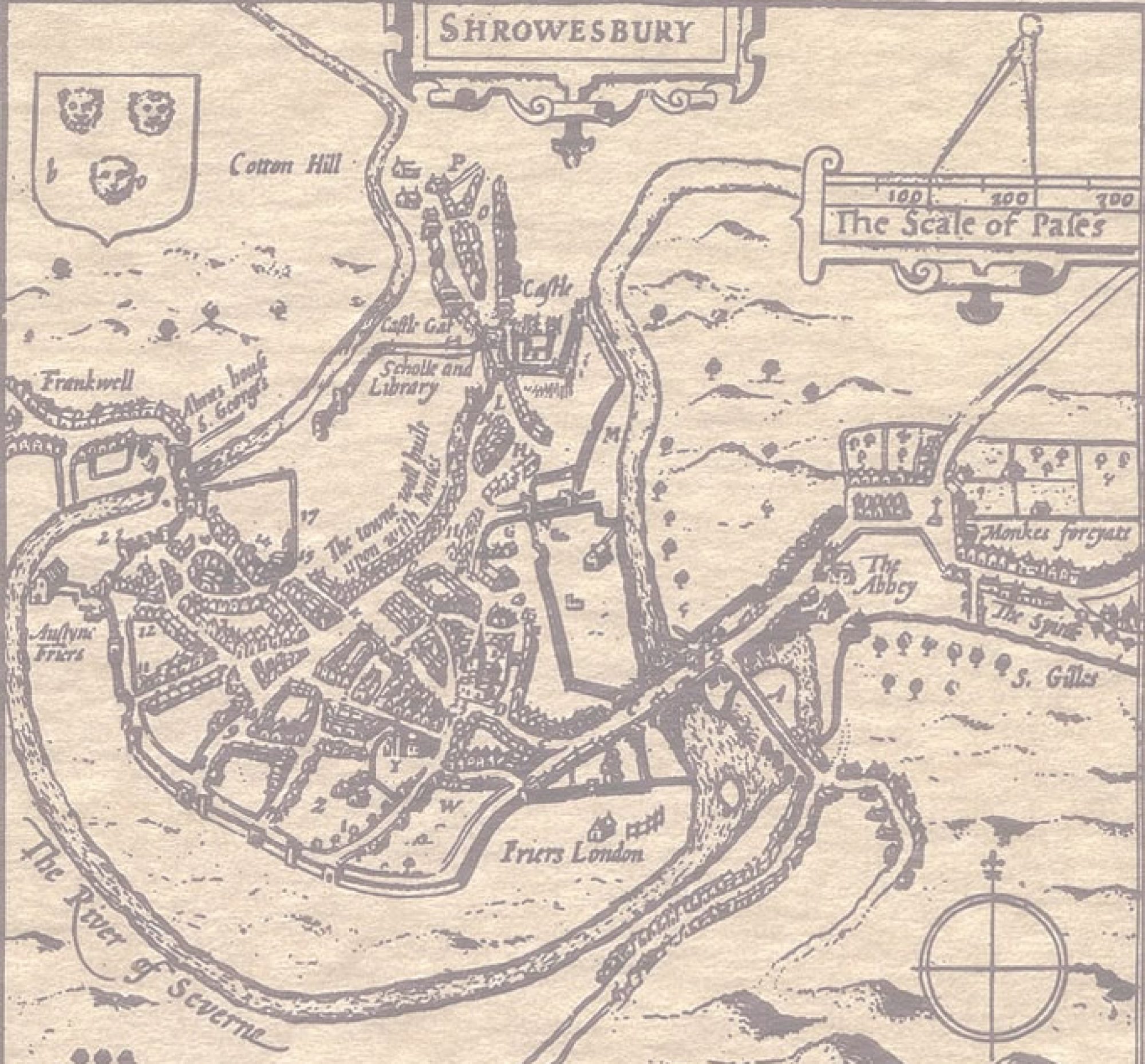Two White Elephants – the Armoury and Sutton Spa
At first sight, Armoury Gardens off London Road, and Spa Street near Old Potts Way, Belle Vue, would seem to have nothing in common. The story behind them is, however, linked in a curious way.
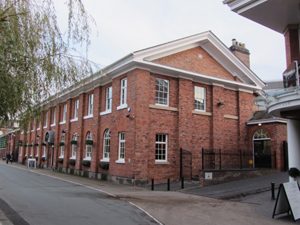
The Armoury is now a pub and restaurant near the Welsh Bridge, but that was neither its original location nor its purpose. It was situated between Wenlock Road and London Road, near St Giles’ Church, and included not only the large building we know as the Armoury, but also four houses, two gunpowder stores, and a number of other outbuildings. The main building was vast, being 135ft (41m) by 39ft (12m) with two storeys. Its function was to store up to 25,000 weapons belonging to the volunteer militias of Shropshire and neighbouring counties. It was designed by the chief military architect James Wyatt (1746-1813), and built in 1806 at a cost of £10,000, which would be in excess of £1m today. [footnote 1]
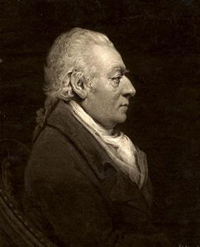
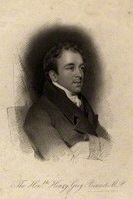
Quite why the Armoury was built is hard to fathom. The most likely reason is that it was a ‘vanity project’ designed to increase the popularity of Henry Grey Bennet (1777-1836), a younger son of the Earl of Tankerville. Bennet was elected MP for Shrewsbury in 1806, but his career was dogged with controversy. From the outset it was said that the Armoury was ‘the laughing-stock of the military men of the day’ as there was little need for an arms store, most of the militia being away at the Napoleonic wars. Its location (on land sold to the Crown by the Tankervilles for £400) was also unsuitable. It was then quite a remote spot, and having no garrison to protect it, would provide a perfect opportunity for rioters to steal weapons in those turbulent times. [footnote 2] So it appears that few, if any, arms were ever stored there. After the war, even the Shropshire Militia preferred to rent a room in the Market Hall in Shrewsbury for £45 a year to store their muskets rather than use the rent-free facilities of the Armoury! [footnote 3]
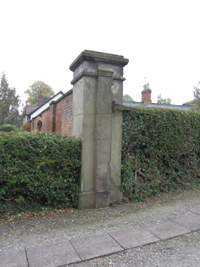
So it was hardly surprising that in 1827 it was offered for sale, and local ironmaster William Hazledine (1763-1840) picked it up for £2,700. [footnote 4] Hazledine rented out the houses, but seems to have done nothing with the main Armoury, selling it in 1835 to the 3rd Lord Berwick (1773-1842) for £3292. [footnote 5] In addition to buying the property, Lord Berwick also paid Hazledine £317 12s 2d (the equivalent of £30,000 today) for grand cast-iron entrance gates. His Lordship had a new plan for the building – he was going to turn it into a luxury hotel to cater for visitors to nearby Sutton Spa.
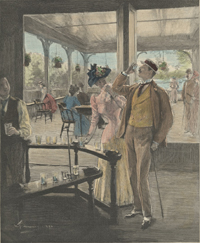
Sutton Spa is situated near the Rea Brook, just off what is now Hexham Way. During Georgian times ‘taking the waters’ became popular, supposedly providing health benefits for the participants, so at that time the Sutton spring water was analysed with a view to exploiting it commercially. This water was found to be very salty, like sea water, and it also contained iron. Sea water was all the rage for bathing and drinking, so it was enthusiastically marketed by the medical profession for ‘its application as a warm or tepid bath in cutaneous foulness [skin infection], scrofula [TB of the neck glands], chronic rheumatism, paralytic affections, and above all in the cachexies of young females attended with uterine obstructions [whatever that means!].’ [footnote 6] The flow of the spring was, however, very slow, and so in 1808 the 2nd Lord Berwick (who owned the land) tried to excavate it to increase the stream. However, the experiment was not very successful, the report of the contractor being that the amount of water ‘might perhaps fill somewhat more than a hogshead in an hour’. [footnote 7] As a hogshead was about enough for three baths, there was little chance of the spring being used for bathing on a large scale, though it could be used for drinking. Nevertheless, his Lordship built hot and cold baths on the site, and a cottage for a custodian.
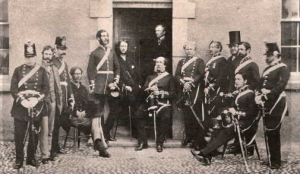
Despite these drawbacks, in 1835 the 3rd Lord Berwick commissioned the well-known local architect Edward Haycock (1791-1870) to draw up ambitious plans to convert the Armoury into a luxury hotel for visitors to the spa. At the same time solicitors produced gushing advertising to entice a would-be developer, but none came forward. This was despite Lord Berwick paying the equivalent of several thousand pounds to rebuild the wall which encloses the entire site. The wall is 437 yards (nearly ¼ mile) long, and is still there. [footnote 8] So the Armoury remained unused for nearly 20 years, until in 1854 the fifth Lord Berwick sold it for £5,000 to the Shropshire Assizes, for the use of the county militia. More accommodation and a military exercise area were later added at a cost of another £1,000. [footnote 9] This use lasted until 1880, when the militia moved to the new barracks at Copthorne.
So in August 1881 the Armoury was sold to a Mr T Middleton Howells of Highfields for £4,150. Over the next 30 years it was used for dances, bazaars, theatre and light opera performances, the venue being, according to the local paper, ‘a very popular place for musical entertainments, and … is exceedingly well adapted for such gatherings, excepted that it is over a mile from the centre of the town.’ [footnote 10] Beginning at this time, land in the area of the Armoury known as ‘Armoury Fields’ was sold off for development, part of which was later named ‘Armoury Gardens’. [footnote 11]
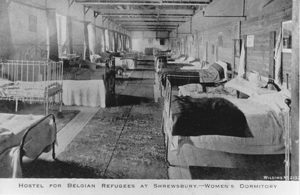
In October 1914 the Armoury found yet another use, being converted into a hostel for 56 refugees fleeing from the war in Belgium. There was an enormous amount of goodwill towards the Belgians. All their needs were provided by both firms and individuals, such as the Borough employees, who agreed a voluntary levy of 4d in the pound on their salaries to be donated to the refugees. [footnote 12]
After the war, building materials were in such short supply that it made economic sense for Morris’ Bakery to buy the main Armoury building, take it down, and re-erect it at its current location. It functioned as a bakery from about 1922 to 1974, after which the building became derelict. In 1995 it found yet another new function as a pub and restaurant. [footnote 13]
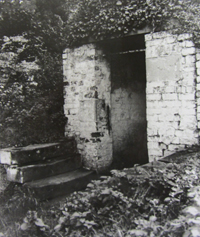
Sutton Spa, meanwhile, slipped into obscurity. Further grandiose schemes in the late nineteenth century to pipe the water for drinking came to nothing, and it became just a curiosity to visit on a Bank Holiday ramble. Up until the Second World War it was possible to buy a glass of water for a few pence, though the opinions of the custodians, Mr and Mrs Howells, as to the value of the water were divided. Mr Howells, a farm labourer, swore by a glass before work every day, but his wife never touched a drop. Perhaps that was not surprising, since it is definitely an acquired taste! [footnote 14]
Footnotes
[1] J Nightingale, A Topographical and historical description of the County of Salop, undated c1811, p.164/5, SA C64 LS 2930/3; Thomas Howell, The Stranger in Shrewsbury, 1825, p.52, SA D66 LS 2428/1
[2] SA 112/5/19/47; Shrewsbury Chronicle (SC) 4+11.9.1840
[4] SC 5.12.1827; SA D3651/D/1/378; SA 112/5/19/48-9
[6] SA 112/14/Box 60/88; SA D3651/B/20/3/2/2; Howell, op. cit., p.107; Richard Moore, Shropshire Doctors and Quacks, Amberley 2011, p.141
[9] Henry Pidgeon, A Handbook for Shrewsbury, JO Sandford, 1860, p.119; Barrie Trinder, Beyond the Bridges, Phillimore, 2006, p.71; Salopian Journal, 7.9.1881
[12] SC 9.10.1914; Wellington Journal 26.9.1914
[13] https://www.morrisandco.com/our-story (an inscription above the Armoury gives the date of re-erection as 1920, while a caption at http://search.shropshirehistory.org.uk relating to document ref SA PH/S/13/W/2/29 gives the date of re-erection as 1919)
